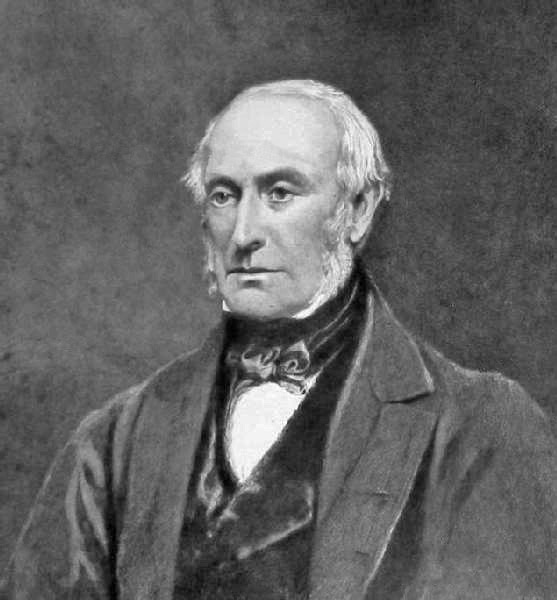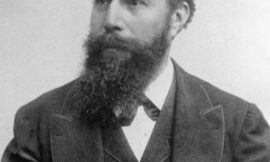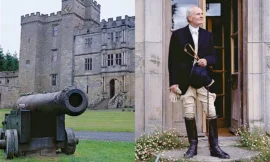Lord William Armstrong, a towering figure in the annals of Victorian Britain, left an indelible mark on both industry and philanthropy. Born in 1810 in Newcastle upon Tyne, Armstrong’s impact reverberated far beyond his birthplace, influencing engineering, armaments, and even the conservation movement.
Armstrong’s genius lay in his ability to innovate across a range of fields. Initially trained as a lawyer, he quickly pivoted towards engineering, becoming one of the foremost inventors and engineers of his time. He is perhaps best known for his advancements in hydraulic engineering and armaments manufacturing. His pioneering work in hydraulic machinery led to the creation of the hydraulic crane, revolutionizing loading and unloading in ports worldwide.
In addition to his contributions to industry, Armstrong’s name became synonymous with innovation in armaments. His development of the Armstrong Gun, a rifled breech-loading artillery piece, transformed modern warfare. These guns, featuring a spiral groove inside the barrel, were more accurate and had greater range than their predecessors, fundamentally altering the tactics and strategies of warfare.
Despite his success in industry and armaments, Armstrong’s legacy extends beyond mere technological advancement. He was a devoted philanthropist, using his wealth and influence for the betterment of society. One of his most enduring contributions was the creation of Cragside Estate in Northumberland. Built as his family home, Cragside became the first house in the world to be lit by hydroelectricity, showcasing Armstrong’s commitment to innovation and sustainability.
Beyond Cragside, Armstrong’s philanthropy extended to education, healthcare, and the arts. He founded the Armstrong College in Newcastle, which later became part of Newcastle University, and played a significant role in the establishment of the Victoria and Albert Museum in London. His contributions to the conservation movement also left a lasting impact, with his efforts leading to the preservation of significant natural areas in Northumberland.
Throughout his life, Lord William Armstrong embodied the spirit of Victorian enterprise and philanthropy. His legacy lives on in the countless innovations he brought to fruition, the institutions he founded, and the natural landscapes he helped preserve. As a pioneer in engineering, industry, and philanthropy, Armstrong’s influence continues to be felt to this day, reminding us of the power of innovation and the importance of giving back to society.



